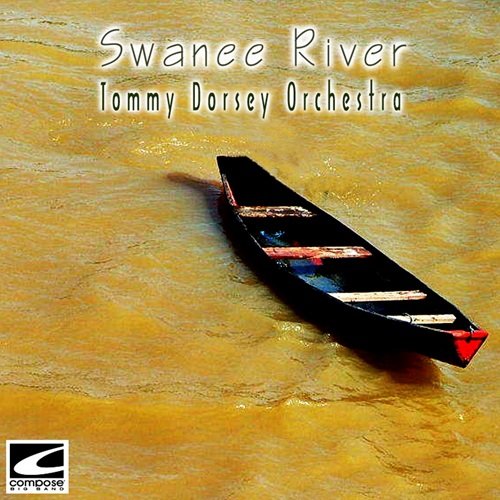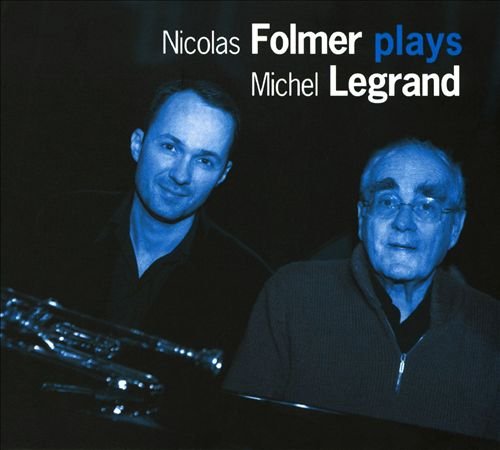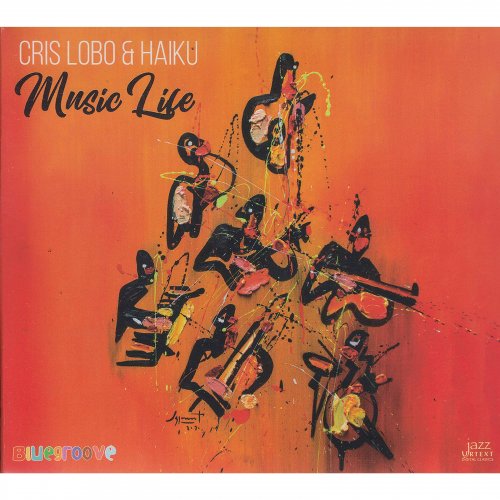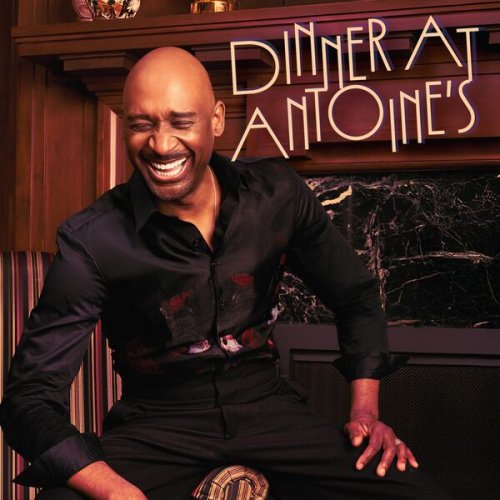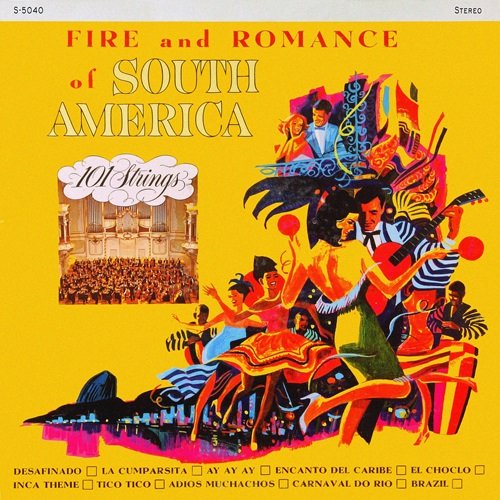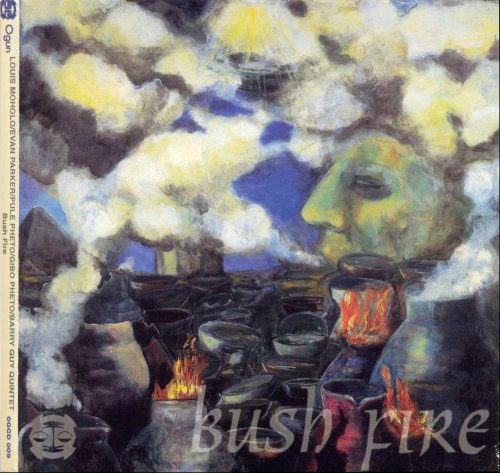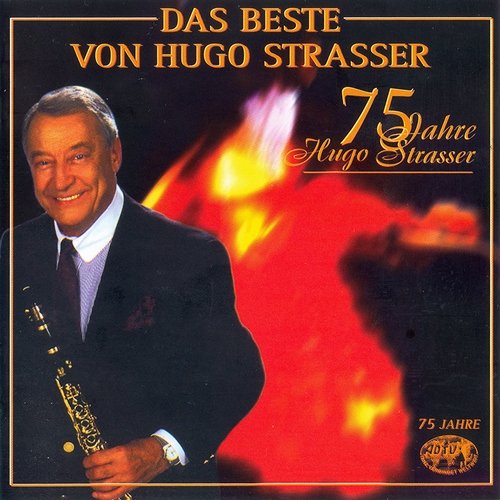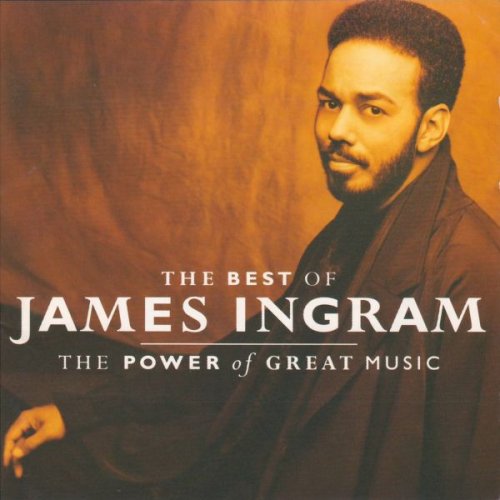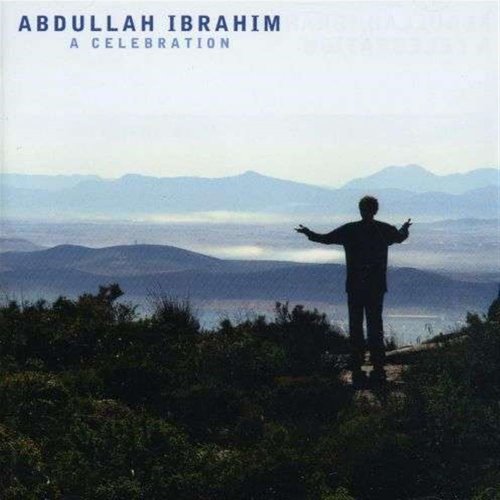Murray Perahia - J.S. Bach: Piano Concertos Nos.1, 2 & 4 (2001)
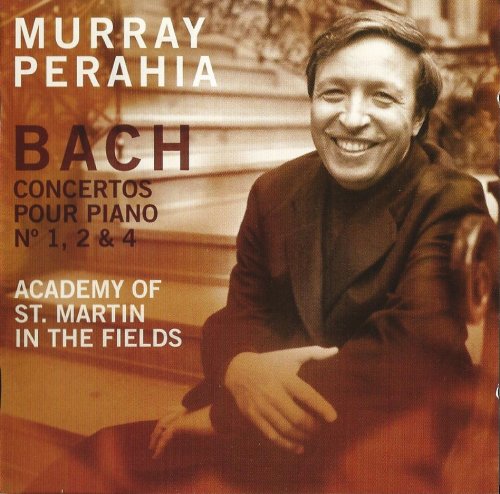
Artist: Murray Perahia
Title: J.S. Bach: Piano Concertos Nos.1, 2 & 4
Year Of Release: 2001
Label: Sony Classical
Genre: Classical
Quality: FLAC (image+.cue,log,scans)
Total Time: 52:58
Total Size: 258 Mb
WebSite: Album Preview
Tracklist: Title: J.S. Bach: Piano Concertos Nos.1, 2 & 4
Year Of Release: 2001
Label: Sony Classical
Genre: Classical
Quality: FLAC (image+.cue,log,scans)
Total Time: 52:58
Total Size: 258 Mb
WebSite: Album Preview
Johann Sebastian Bach (1685-1750)
Keyboard Concerto No.1 in D minor, BWV 1052
01. I. Allegro [0:07:12.30]
02. II. Adagio [0:06:07.22]
03. III. Allegro [0:07:22.60]
Keyboard Concerto No.2 in E major, BWV 1053
04. I. [ ] [0:08:00.13]
05. II. Siciliano [0:04:56.27]
06. III. Allegro [0:06:04.50]
Keyboard Concerto No.4 in A major, BWV 1055
07. I. Allegro [0:04:01.65]
08. II. Larghetto [0:04:52.20]
09. III. Allegro ma non tanto [0:04:24.45]
Performers:
Academy of St.Martin-in-the-Fields
Murray Perahia - piano and conductor
Soloist-conducted piano concertos can sometimes mean compromise, even chaos…but not in this case. Indeed, the playing of the Academy of St Martin in the Fields under Murray Perahia is even sprightlier than on a rival EMI recording of the same repertoire where Sir Neville Marriner conducts and Andrei Gavrilov plays the keyboard part. As soloist, Perahia is his usual stylish, discreet and pianistically refined self. He takes the D minor Concerto’s opening at a fair lick, a hot-foot sprinter embellishing the line with taste and affecting a little ritardando at 3'21 (just as the mood momentarily brightens) a la Edwin Fischer.
Elsewhere, he is very much his own man, intensifying his tone for rising sequences (at around 5'06) or softening it to the most rarefied murmur (as from 4'54 into the third movement). His command of colour is as striking here as it was on his recent CD of the Goldberg Variations (Sony Classical, 12/00), especially in the Adagio, which approaches cantorial heights of intensity. When it comes to the treacherous chordal cadenza at 6'11 into the finale, Perahia keeps up the momentum without either flagging or straining his tone.
As for the E major and A major Concertos, elegance is more of the essence than fire, but there too Perahia delivers. He has a way of accenting without jabbing the keys, tracing counterpoint while keeping the top line well to the fore. And how nice to hear the warming tone of a theorbo (bass lute) in the E major Concerto’s central Siciliano, a beautiful performance, more ornamental than cantorial, in keeping with the more decorative nature of the music. Tracks 6 and 7 (the E major’s finale and the A major’s opening Allegro) provide cheering examples of Perahia’s buoyant way with Bach’s faster music.
Rivals are plentiful, but credible contenders at this level of interpretation are rare. Andrei Gavrilov ‘out-Goulds’ Gould with his dry staccatissimo, and Gould himself was a good deal livelier in concert than on his rather sober commercial recording under Leonard Bernstein. Sviatoslav Richter plays with incredible control while keeping every note alive, but some might find his manner too austere. And while Edwin Fischer is consistently spontaneous, he is rather less elegant than Perahia – and his version of the A major Concerto sounds to me as if it’s ‘Busonified’ (or something very similar). Andras Schiff, like Perahia, commands a wide range of colours, though the binding force of Perahia’s concentration – always a boon in his latest recordings – leaves the stronger impression. The carefully balanced Sony recordings keep the sound frame tight and lively.
Elsewhere, he is very much his own man, intensifying his tone for rising sequences (at around 5'06) or softening it to the most rarefied murmur (as from 4'54 into the third movement). His command of colour is as striking here as it was on his recent CD of the Goldberg Variations (Sony Classical, 12/00), especially in the Adagio, which approaches cantorial heights of intensity. When it comes to the treacherous chordal cadenza at 6'11 into the finale, Perahia keeps up the momentum without either flagging or straining his tone.
As for the E major and A major Concertos, elegance is more of the essence than fire, but there too Perahia delivers. He has a way of accenting without jabbing the keys, tracing counterpoint while keeping the top line well to the fore. And how nice to hear the warming tone of a theorbo (bass lute) in the E major Concerto’s central Siciliano, a beautiful performance, more ornamental than cantorial, in keeping with the more decorative nature of the music. Tracks 6 and 7 (the E major’s finale and the A major’s opening Allegro) provide cheering examples of Perahia’s buoyant way with Bach’s faster music.
Rivals are plentiful, but credible contenders at this level of interpretation are rare. Andrei Gavrilov ‘out-Goulds’ Gould with his dry staccatissimo, and Gould himself was a good deal livelier in concert than on his rather sober commercial recording under Leonard Bernstein. Sviatoslav Richter plays with incredible control while keeping every note alive, but some might find his manner too austere. And while Edwin Fischer is consistently spontaneous, he is rather less elegant than Perahia – and his version of the A major Concerto sounds to me as if it’s ‘Busonified’ (or something very similar). Andras Schiff, like Perahia, commands a wide range of colours, though the binding force of Perahia’s concentration – always a boon in his latest recordings – leaves the stronger impression. The carefully balanced Sony recordings keep the sound frame tight and lively.
